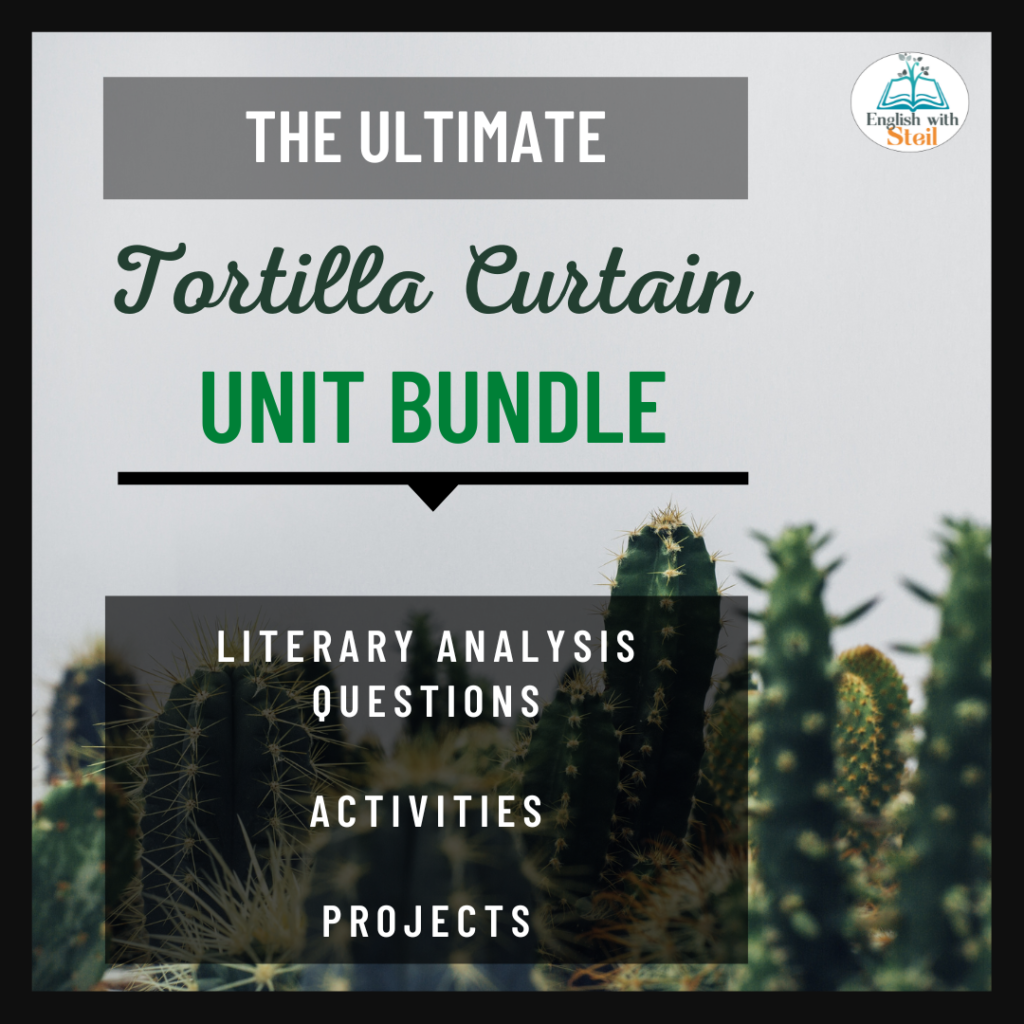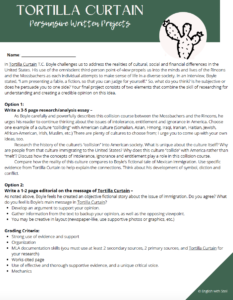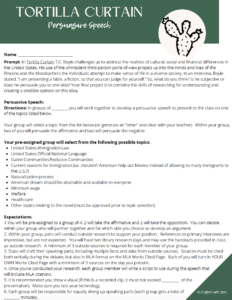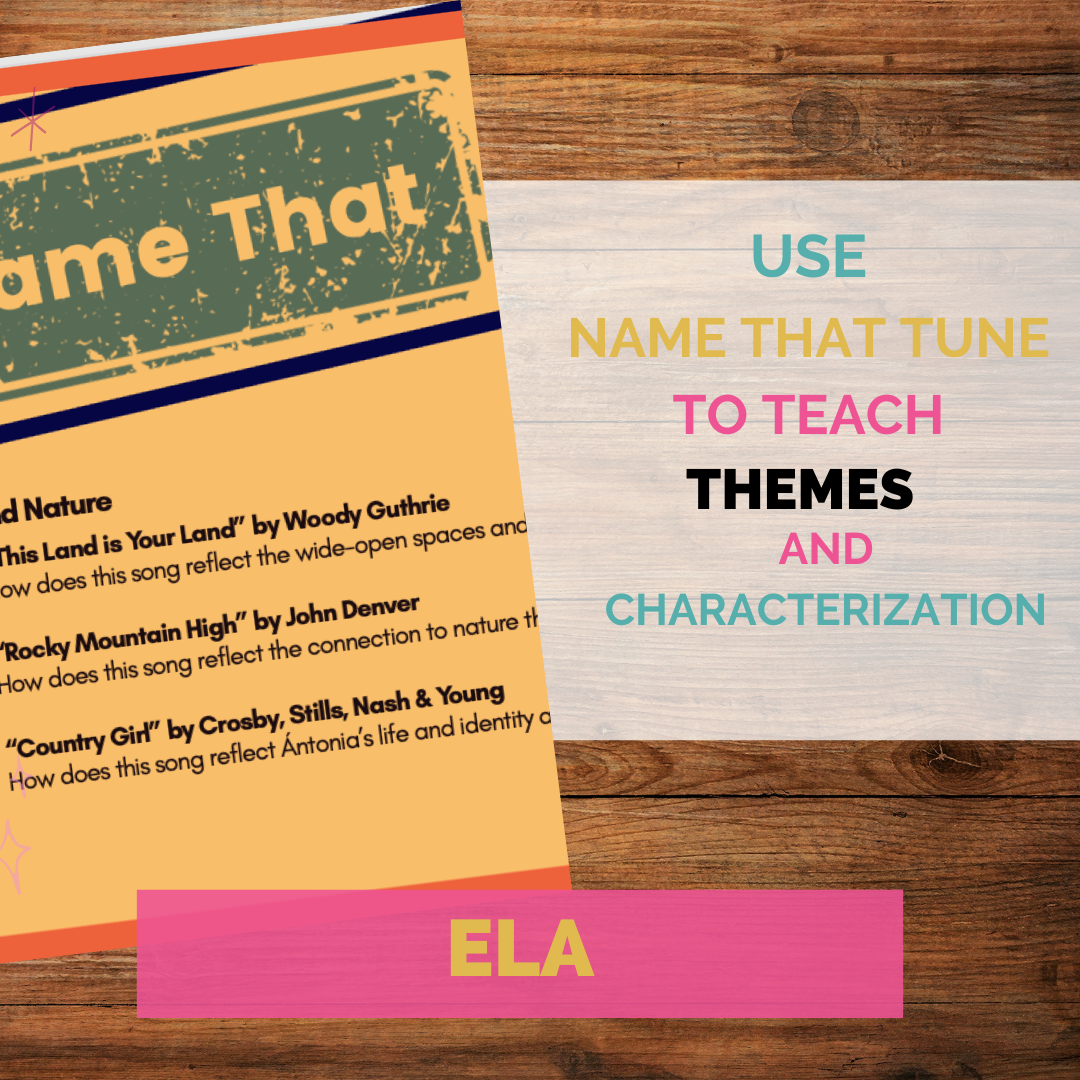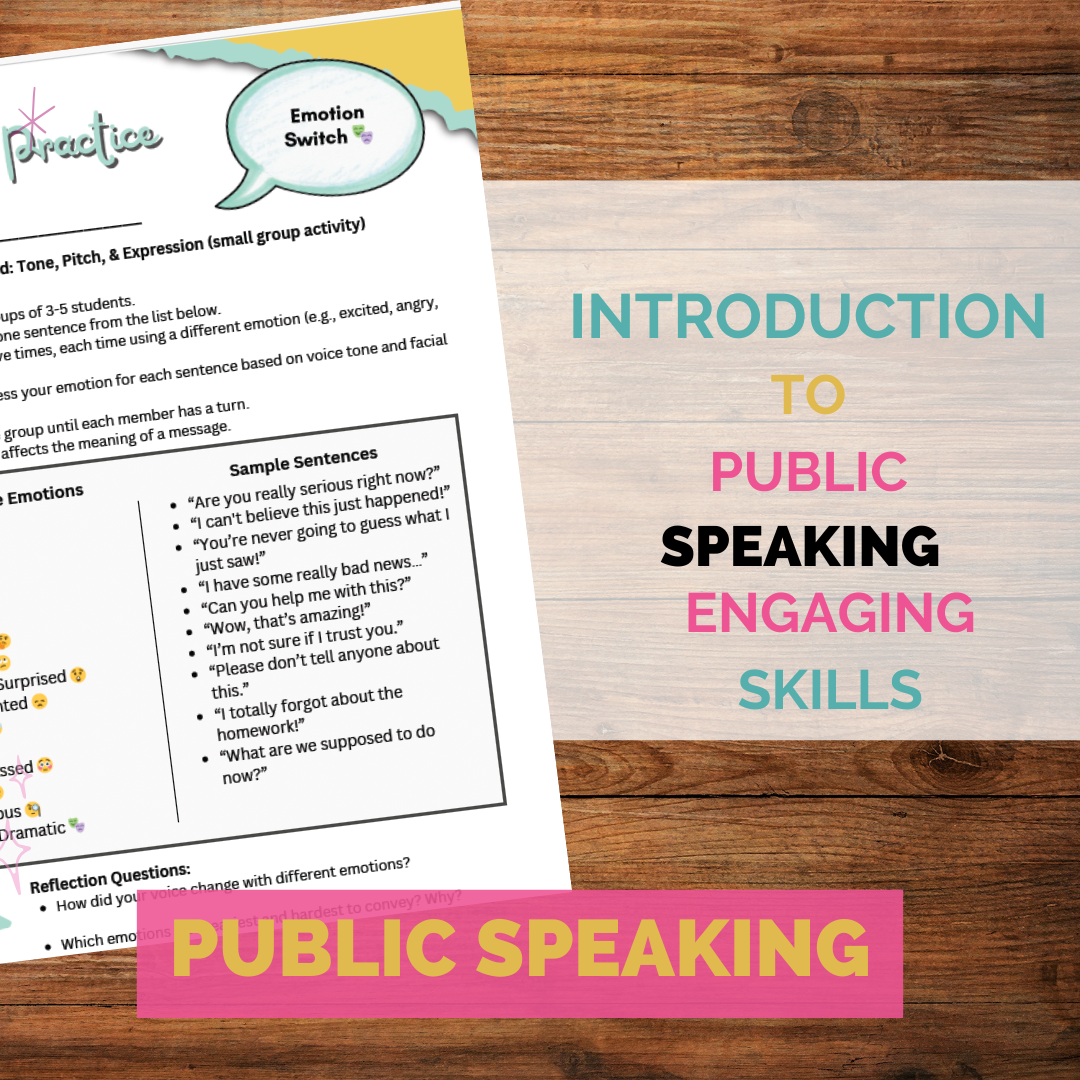Unveiling Layers of Society: The Importance of Teaching “The Tortilla Curtain” in the Classroom
In the realm of modern American literature, T.C. Boyle’s “The Tortilla Curtain” emerges as a seminal work, delving deep into pressing issues such as immigration, socio-economic disparities, and the American dream. With its rich tapestry of characters, intertwined destinies, and unflinching portrayal of contemporary dilemmas, the novel provides educators with a powerful tool to ignite discussion, empathy, and critical thinking in students.
When it comes to teaching contemporary literature that challenges students to think critically about society, immigration, privilege, and the American Dream, The Tortilla Curtain by T.C. Boyle is a must-read. This gripping novel weaves together two drastically different perspectives—an affluent white couple living in a gated community in California and an undocumented Mexican immigrant couple struggling to survive just outside its walls. Through its raw and unflinching portrayal of socio-economic disparity, racial tension, and human resilience, The Tortilla Curtain opens up essential conversations that resonate just as strongly today as when the book was published in 1995.
Why The Tortilla Curtain Is a Must-Teach Novel in High School Classrooms
1. It’s More Relevant Than Ever
Although The Tortilla Curtain was written nearly three decades ago, its themes of immigration, border security, economic inequality, and racial tensions are as relevant today as ever. Students see headlines about immigration policies, refugee crises, and debates over economic privilege daily. Teaching this novel provides a historical and social context to discuss these pressing issues in an engaging and personal way.
🔹 Teaching Tip: Start your unit by having students explore current immigration policies and debates in the news. Compare these real-world situations to the experiences of Cándido and América in the novel.
2. It Sparks Conversations About Privilege and Socio-Economic Disparities
One of the novel’s greatest strengths is how it juxtaposes two vastly different experiences of life in America. On one side, we have Delaney and Kyra Mossbacher—privileged, progressive, yet oblivious to their own biases. On the other, we have Cándido and América—desperate, resilient, and determined to survive despite systemic obstacles.
By analyzing these characters’ experiences, students begin to question the myth of meritocracy, recognize privilege, and discuss the realities of socio-economic disparity. It’s an eye-opening experience for many young readers who have never considered how dramatically circumstances shape opportunity.
🔹 Teaching Tip: Have students research and present case studies on wage inequality, housing crises, or the struggles of low-wage workers to reinforce these themes.
3. It Challenges Stereotypes and Forces Students to Examine Bias
Boyle does not hold back when it comes to presenting raw, uncomfortable prejudices in his characters. Delaney sees himself as an open-minded liberal, yet he harbors deep-seated fears and judgments about immigrants. Kyra, a real estate agent, finds herself disgusted by the presence of undocumented workers near her upscale community. Meanwhile, América and Cándido must navigate a society that views them as invisible or a threat.
This book encourages deep introspection and class discussions about bias, racism, and stereotypes. Where do these prejudices come from? How do they impact policy and social interactions? Do any of the characters change over time?
🔹 Teaching Tip: Ask students to analyze moments in the novel where bias is evident. Have them reflect on whether these attitudes still exist today and where they might have encountered similar rhetoric in politics or the media.
4. It Builds Empathy and Humanizes Immigration Struggles
Too often, discussions about immigration focus on statistics and policies rather than the real human beings affected by these issues. Through Cándido and América, students see the physical, emotional, and psychological toll of being undocumented in the U.S. They experience their hunger, fear, and exhaustion. They see their dreams crushed and their spirits tested.
For many students, reading this novel transforms the way they view immigration—it moves the conversation beyond politics and into humanity.
🔹 Teaching Tip: Assign students to write journal entries from the perspective of Cándido or América. How does it feel to navigate an unfamiliar and often hostile world? What are their hopes, fears, and motivations?
5. It Explores the Fragility of the American Dream
Is the American Dream truly attainable for everyone? Or does race, socio-economic status, and opportunity determine one’s chances of success? The Tortilla Curtain forces students to confront these tough questions. Cándido and América work tirelessly, yet face endless setbacks. Delaney and Kyra believe they’ve earned their success, yet their privilege insulates them from hardship.
This novel is a perfect springboard for discussing economic mobility, systemic inequality, and the barriers that exist for different groups of people.
🔹 Teaching Tip: Pair this novel with nonfiction texts on the American Dream—articles about wealth gaps, immigration struggles, or personal success stories. Have students compare real-world experiences with the fictional narrative.
Creative Ways to Teach The Tortilla Curtain
Once you’ve decided to bring The Tortilla Curtain into your classroom, it’s time to make the lessons engaging and interactive. Here are some creative ideas to deepen students’ understanding of the novel:
1. Host a Classroom Debate on Immigration Policies
Divide students into groups to research and debate current immigration policies. Use the novel as a reference point and encourage students to consider multiple perspectives.
2. Compare The Tortilla Curtain to Real-World Events
Assign students to find news articles on immigration, housing inequality, or racial profiling. Have them present connections between their articles and the novel.
3. Have Students Rewrite Key Scenes from a Different Perspective
Ask students to rewrite a scene from The Tortilla Curtain through the lens of another character. For example, what if Delaney had experienced life as an undocumented worker? What if América had written a letter to her unborn child?
4. Create Visual Symbolism Projects
The novel is rich with symbolism—most notably, the coyote. Have students create art pieces or presentations analyzing the symbols in the book and what they represent.
5. Explore the Novel’s Literary Techniques
Boyle’s use of imagery, irony, and foreshadowing is masterful. Assign students to analyze key passages and explain how these techniques enhance the story.
Final Thoughts
Teaching The Tortilla Curtain is an opportunity to challenge students, make literature relevant, and foster empathy. It’s a novel that doesn’t shy away from difficult topics, which makes it one of the most important books you can teach.
Through its brutal honesty, unforgettable characters, and pressing social issues, The Tortilla Curtain encourages students to question, analyze, and empathize—skills they will carry with them far beyond the classroom.
If you’re looking for a novel that sparks meaningful discussions, bridges literature and current events, and leaves a lasting impact on students, The Tortilla Curtain is the perfect choice.
🔹 Are you ready to teach this novel? Let me know in the comments—what are your favorite ways to engage students with The Tortilla Curtain? Let’s keep the conversation going!
